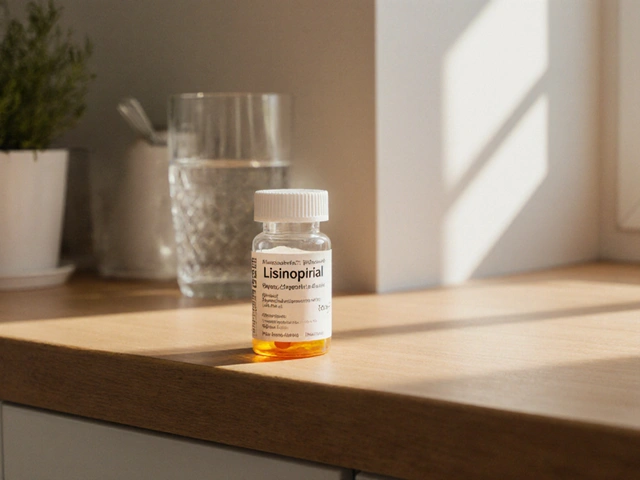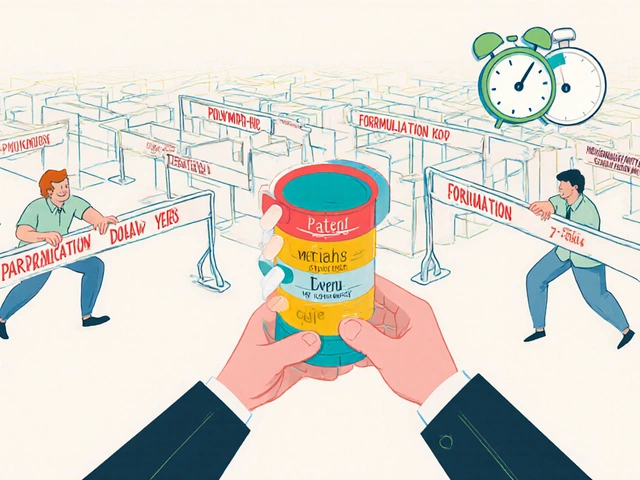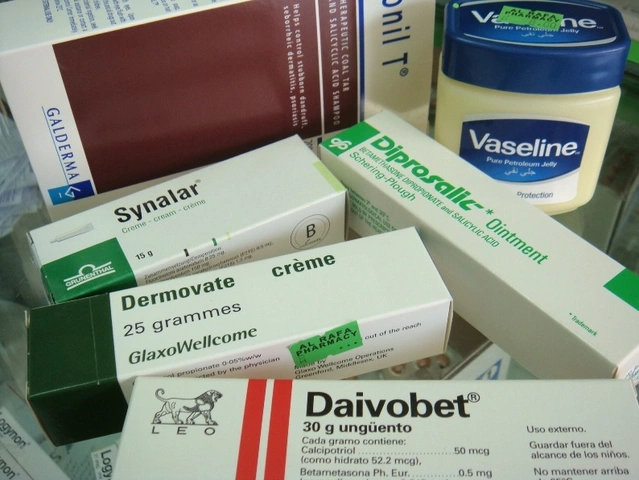Didanosine interactions: what to watch for
If you're taking didanosine (ddI), knowing which drugs and substances can cause trouble matters. Some combinations raise the risk of serious side effects — pancreatitis, nerve damage, or severe liver and lactic acid problems. Read this to learn the main interactions, the warning signs, and quick steps to lower risk.
Main drugs and substances to avoid
Tenofovir: This is a big one. Tenofovir can raise didanosine levels in your blood. That can make ddI toxic and cause pancreatitis or severe mitochondrial problems. If a doctor suggests using both, ask them to explain alternatives or dose changes — many providers avoid the combo.
Stavudine (d4T) and zalcitabine (ddC): Combining these with didanosine increases the chance of peripheral neuropathy (numbness, tingling) and lactic acidosis. Most guidelines say don’t use them together unless no other option exists.
Ribavirin: In people with hepatitis C and HIV, ribavirin plus didanosine has been linked to life-threatening lactic acidosis and liver problems. Avoid this combo and talk to your specialist for safer HCV options.
Antacids, buffered products, H2 blockers and PPIs: Didanosine is best taken on an empty stomach. Antacids and acid-reducing meds can interfere with ddI absorption and with the special buffered formulations. Don’t take antacids at the same time — ask your pharmacist how long to separate them.
Alcohol and other pancreatitis risks: Alcohol increases the risk of pancreatitis — a known ddI side effect. Avoid or limit alcohol while on didanosine. Also tell your doctor about other drugs that can cause pancreatitis (some antibiotics, diuretics, or immunosuppressants).
Practical tips and warning signs to report
Take didanosine on an empty stomach — usually at least 30 minutes before or 2 hours after a meal — unless your prescriber says otherwise. Don’t crush certain formulations; buffered tablets and powders have specific instructions. Always read labels and ask the pharmacist when in doubt.
List every medicine and supplement to your provider — prescription, OTC, herbal. Some interactions come from surprising places like antacids, supplements, or hepatitis C drugs.
Watch for warning signs: severe belly pain, persistent nausea or vomiting, new or worsening numbness/tingling, extreme tiredness, muscle pain, fast breathing, or yellowing of the skin. Those can signal pancreatitis, neuropathy, or lactic acidosis. Get medical help right away if these happen.
Final step: before starting or stopping any medicine, check with your HIV specialist or pharmacist. They can tell you whether a combo is safe, whether doses need changing, or whether a safer alternative exists. When it comes to didanosine, a quick question up front can prevent serious problems later.

Didanosine, an important medication used for HIV treatment, can interact with several other drugs, leading to side effects or decreased effectiveness. This article covers the main ways didanosine interacts with other medications, explains why these reactions matter, and gives practical advice for anyone taking didanosine or caring for someone who is. You'll also find tips from Melbourne healthcare experts and real-life scenarios to help you make safer choices. Avoid dangerous combinations and get the facts you need to protect your health.






